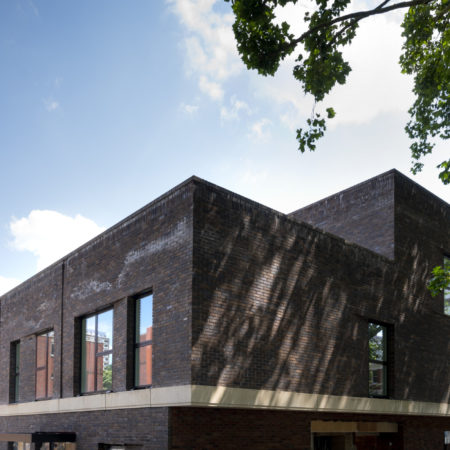How Innovation Makes More Housing Schemes Financially Viable
Is it time to tear up the cost models and assumptions used to decide whether a housing development is viable?
Disruptive is probably an overused term in modern business. But there’s certainly a good case for saying that innovation in construction is challenging the assumptions and financial models used by local authorities, housing associations and developers to assess the viability of potential schemes.
One of the biggest differences is in speed. An offsite, component-led approach has a parallel development path. The structure is manufactured in a specialist facility at the same time as site preparation and groundworks.
The components are then delivered on a just in time basis for rapid assembly onsite. This approach can slice 30-50% out of the programme. It also drastically reduces any timing risks from poor weather or skilled labour shortages, and simplifies the scheduling of follow-on trades.
Sometimes, financial advantages come from simple cost savings delivered by challenging assumptions in the specification. During a £22m rebuild programme on the Redbrick Estate in Islington, Osborne identified cost savings of £1.1m.
Bringing Forward Revenue
The net effect of more efficient construction methods is that homes are completed and ready for rental or sale much faster – bringing forward revenues and reducing financing costs. The superior quality control of the manufacturing process also eliminates the defects and hitches that so often prevent a smooth handover.
Another critical area where housing associations and developers seek assurance is over future maintenance costs. Factory-made components take away the miscommunication and onsite variability of quality that affect many traditional builds. Future maintenance costs can be budgeted with confidence.
Affordable for Residents
Financial viability is also an issue for people who will own or rent new homes. Energy efficiency is another important aspect of modern house building – not just because of the need to achieve net zero carbon housing by 2050, but because it also ensures that people can afford to heat their homes properly. Innovative building methods engineer thermal performance into the structure from the outset, rather than relying on additional insulating treatments being applied onsite.
For more information on how Osborne is using innovation to deliver greater value to affordable and mixed tenure housing programmes, contact Richard King ([email protected]).

